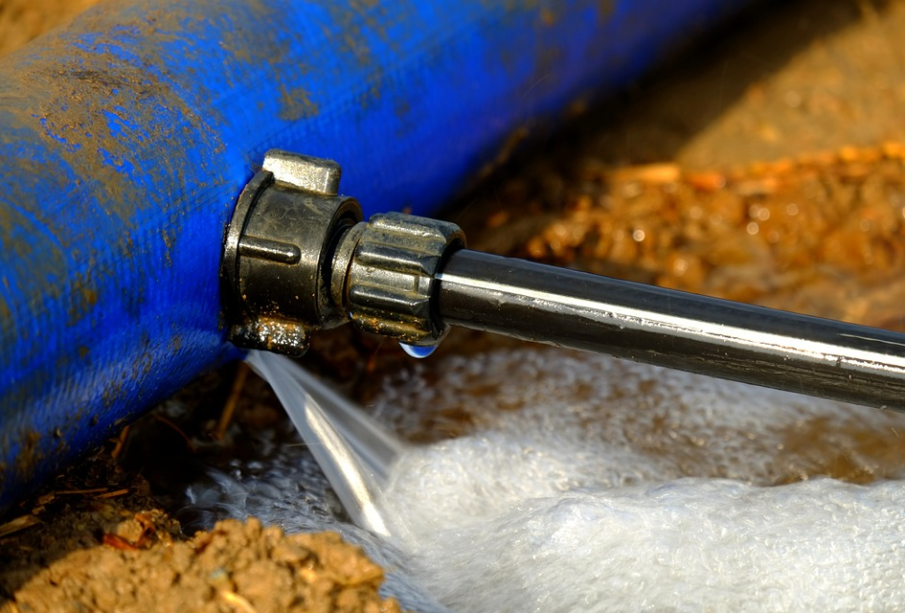Trenchless pipe repair is the ultimate solution to underground pipe leaks

Everyone knows how overwhelming it can be when faced with a burst or leaking underground pipes. Even worse is when the pipe involved is a sewer line. If you’ve ever been in such a situation, you probably know that finding the section with the issue involves damaging the surrounding area. Yes, if it’s an underground pipe, you have to be ready to a trench in your yard, or even worse, your basement. The good thing is, plumbing experts have not been slumbering. Besides, do you think they enjoy the digging work they have to do to expose the leaking pipes? The answer is an excellent NO. This is why the technology used in repairing underground pipes today is mind-boggling. Did you know they can fix broken and leaking pipes with minimum to no damage to the covering soil or slab? You wouldn’t be reading this if this was not possible.
The trenchless solution
Water pipe issues may now be resolved in a less costly, time-consuming, and harmful manner, thanks to technological advancements during the last two decades. Trenchless pipe lining is a game-changer when it comes to repairing or replacing water pipe sections. It solves old issues using cutting-edge technology and methods.
There are two types of trenchless pipe lining: One focuses on mending the current pipe (Lateral pipe lining), while the other does away with it entirely and replaces it (Pipe bursting).
The first step is to determine the degree of the damage to help select which method would most effectively resolve the issue. During rainy and dry weather, water bubbles in the soil or a persistent wet patch on the ground may indicate a water leak.
Once the issue location has been identified, experienced expert pipe repair crews may examine the pipe to assess the extent of the damage. These tests will let the experts choose which method to employ to restore the integrity of the pipe.
Lateral pipe lining method
A tiny access hole near the affected length of pipe is all that is required for lateral pipe lining. A pipe repair team may use that access point to insert tiny cameras into the aperture to assess the damaged pipe. Once the issue location has been identified, experienced expert pipe repair crews will:
- Choose which method to employ to restore its integrity
- Utilize high-tech equipment to clean out clogs, roots, mud, and other material that are obstructing water flow.
- Collect measurements to estimate the size of the liner required to repair the pipe
- Mix a resin compound to match the specifications, then pour it into the liner and work it in to ensure that the resin is completely impregnated.
Pipe bursting method
Unlike lateral pipe lining, which is recommended for minor pipe damage, pipe bursting is the best option when a pipe has little or no structural integrity left. In this case, the crew has to drill a tiny access hole to reach the pipe, just like in lateral pipe lining. Once the pipe has been located, the repairing team will:
- Measure it to figure out what size of the new pipe will be needed.
- Install a pull rod-driven or hydraulic-driven device with a solid cone tip that can be pushed or pulled through the existing pipe.
The broader shaft and base have a larger diameter than the front, allowing access into the pipe. It dismantles the old pipe and digs a large hole through which the new pipe may be routed. This is a common option, especially for homeowners who want to install wider pipes.
Despite the use of sophisticated technology and well-trained personnel, trenchless pipe repair and replacement are nearly always less expensive than conventional techniques when all variables are considered.














